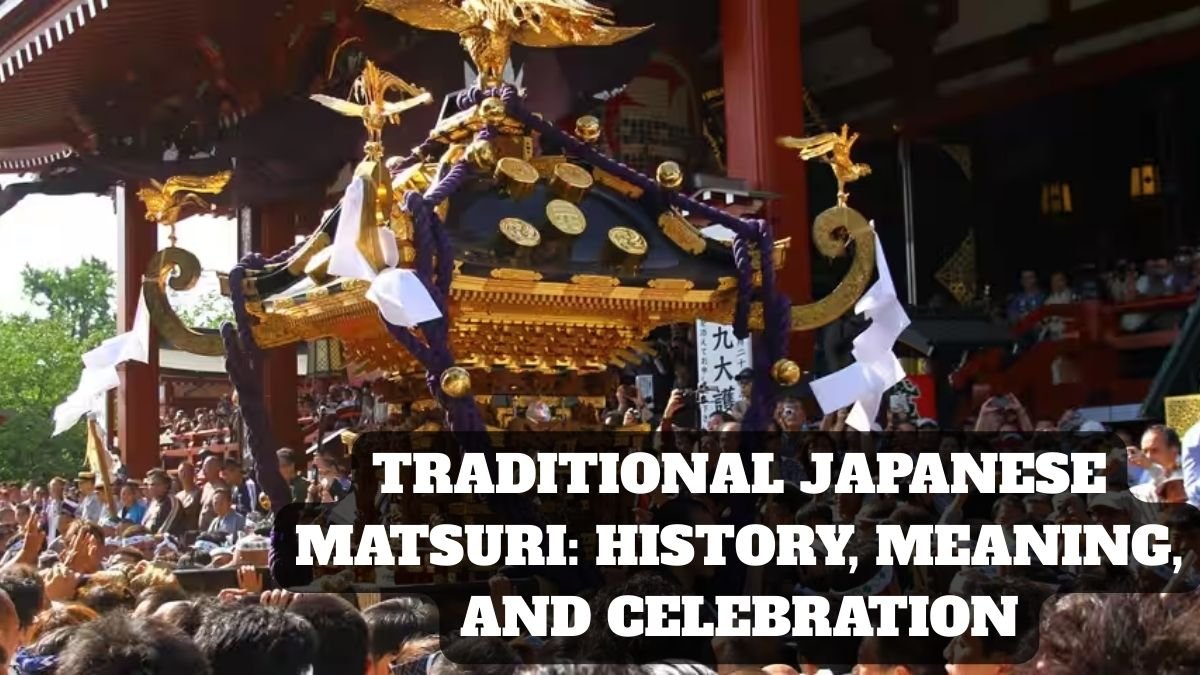The culture of Japan is familiar all over the world because of its exotic customs, holidays and spirituality today. These however can be traced to some of the ancient mythical tradition that did not only influence the religious beliefs of the Japanese but had immense impacts on their social and political organization. The Japanese mythology does not consist in stories about gods and demons only, but it is also the basis of the collective memory and identity of the Japanese society.
The greater body of these myths is contained in two great books:
- Kojiki ( Records of Ancient Matters, 712 AD)
- Nihon Shoki (Books of Japan, 720 AD).
These two texts were not religious accounts only but also had political and cultural intentions. The main aim of these was to connect the descent of the imperial family and the ruling class to divine authority thus creating a divine right to their authority.
Two Key Traditions of Japanese Mythology.
Japanese mythology is founded on two cycles:
The Yamato Cycle – It contains the stories about the goddess of sun Amaterasu Omikami. She is regarded as the forerunner of the Japanese emperors.
The Izumo Cycle – It is characterized by the tales of her brother, the Susanoo no Mikoto the god of the sea and the storms.
Not only do these two traditions describe the relationship and clashes among the gods but also give an account of how power was passed among the so called heavenly gods and the so called earthly gods.
The Creation Epic: The Izanagi and Izanami.
The story of the world creation is given in the Kojiki and the Nihon Shoki in great details.
The world first of all was a mass like an egg.
The light ones slowly ascended to create Heaven (Yang), and the heavy ones sunk to create the Earth (Yin).
Numerous gods had been born at this period, but the most significant were Izanagi (He Who Invites) and Izanami (She Who Invites).
They were ordered to mould the earth. They put a spear into the sea on a sky-walk. The first island was formed of the drops of the spear, Onogoro. Out of this eight islands of Japan were formed.
The tale however does not end. Izanami died when she gave birth to the fire god but she was severely burnt. After being crazed by grief, Izanagi traveled to get her in Yomi (the underworld), where he could witness her hideous form and closed the door with a massive stone. It was on this that the lost division between death and life was founded.
The Birth of Amaterasu, Tsukiyomi and Susano-o.
Izanagi conducted a cleansing ritual to get rid of the impurity of the underworld. Three significant gods were brought on board by this bath:
Amaterasu (Omikami) – the sun goddess who is a daughter of the eye of the Izanagi and who was regarded as the ancestor of the Japanese imperial house.
Tsukiyomi (Tsukiyomi no Mikoto)- the moon goddess.
Susanoo (Susanoo no Mikoto) – the god of the sea and storms, and can be said to be mischievous and revolting as well.
The battle of Amaterasu and Susanoo.
Susanoo would trouble a lot as he was so wild. He had done unholy deeds at the palace of Amaterasu and his patience failed at last. Amaterasu became angry and retreated into a cave, and everything in the world was dark.
To expel them, the gods arranged a celebration and dance. The laughter and the jeering made Amaterasu peep out and the gods dragged them out. Light and life came back to the world.
This tale shows the value of sunlight and the lack thereof (darkness) to human beings.
The story of Susanoo and Eight-Headed Serpent.
Expelled out of heaven, Susano-o landed in the Izumo. It is there that he slay a dreadful eight-headed serpent (Yamata-no-Orochi), that consumed a young woman annually.
Susano had deceived the serpent into drinking wine and killed him. In this fight he fell in love with a princess Kushinada Hime whom he got married. At the end of the tail of the serpent he discovered a godlike sword – afterwards given onward to Amaterasu and becoming a portion of the Imperial Regalia of Japan.
The Japanese Imperial Family and the Descendants of Amaterasu.
Amaterasu the Sun Goddess had sent her grandson, Ninigi no Mikoto, to earth. He was provided with the rice seeds to plow the land and idolize the gods.
Ninigi got married to the daughter of a mountain god and their descendants gave birth to Jimmu. Jimmu is said to be the first Japanese emperor. His epic is regarded as a transition between the era of the Deities and the Human History.
The Japanese Society and Mythology are important.
The Japanese mythology is not just a religious document. It has got a lot of deep social and cultural factors.
- Political Legitimacy- The authority of the imperial family was connected to the power of the gods using the Kojiki and Nihon Shoki and the authority of the divine legitimization of their rule.
- Relationship to Nature – Nature elements, as the sea, mountains, rice, the sun, etc., are shown as gods, as well as the way of life of the Japanese, who love nature.
- Moral Lessons – Myths educate about the virtuous and the bad actions, about the balance, and about the reverence to nature.
- Festivals and Traditions- There are numerous matsuri (festivals) in Japan that are associated with such myths.
Conclusion
The Japanese mythology educates us that the identity of a particular society is not only formed by its history, but also the way it imagines and tells its stories. The story of Izanagi and Izanami creation, the story of the entry of Amaterasu into the cave, the war between Susanoo and Yamata-no-Orochi, all this is still present in the Japanese culture, art, and festivals.
